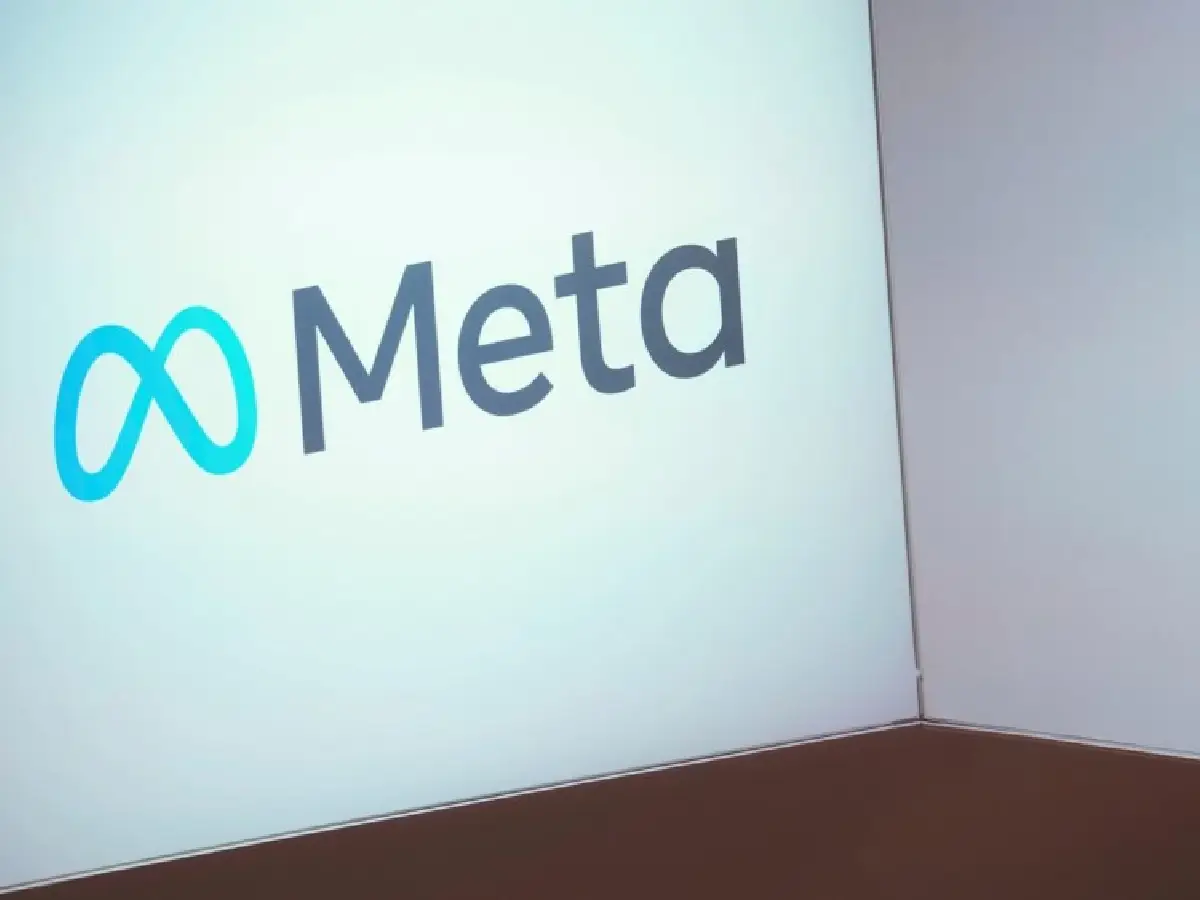When addressing the often sensitive topic of office dress codes and appearance, discussions can stray into uncomfortable territory. One of those controversial aspects is the matter of cleavage in the workplace. How can such a topic be approached professionally and respectfully? Let’s explore effective ways to discuss office attire, including cleavage, ensuring a comfortable work environment that maintains professionalism.
### Understanding the Context
Before jumping into any discussions about office cleavage, it is crucial to understand the cultural and corporate context of your workplace. Different industries have varying norms; what might be acceptable in a creative startup could be inappropriate in a conservative law firm. The foundational step is to assess the formal and informal dress codes already in place within the organization.
### Creating Clear Dress Code Policies
A well-defined dress code policy is the bedrock of managing office attire issues, including the display of cleavage. Companies should strive to create guidelines that are clear, specific, and, most importantly, applied uniformly to all employees. For instance, instead of vague statements like “dress appropriately,” the policy could specify the type of attire suitable for different settings or pieces that are considered too casual or revealing.
### Focusing on Professionalism
When discussing office attire, frame the conversation around the concept of professionalism. It’s beneficial to emphasize that the goal of any dress code is to foster a professional environment that promotes comfort and productivity. This framing helps shift the focus from personal choices to the collective image and functioning of the team.
### Communicative and Respectful Conversations
When the need arises to address specific attire issues directly with an employee (such as inappropriate cleavage showing), it should be handled sensitively and privately. Managers should approach the subject with tact, prioritizing the comfort and dignity of the employee. A respectful dialogue ensures that the employee does not feel singled out or shamed but understands the professional expectations of the workplace.
### Inclusivity and Consideration
It’s essential to acknowledge that discussions about cleavage and attire can intersect with body image, gender, and personal identity. Policies and discussions should not only be fair and equal for all genders but also sensitive to the ways different bodies are inherently judged by societal standards. An inclusive approach helps in avoiding body shaming and promotes an environment where all employees feel respected.
### Regular Reviews and Updates
Society’s norms and fashions evolve, and so should office dress codes. Regularly reviewing and updating dress code policies in consultation with employees can help keep the guidelines practical and relevant. This practice encourages employee involvement and buy-in, making them feel heard and respected in policy developments.
### Addressing Issues Proactively
Instead of waiting for an issue to arise, proactive management includes regular training sessions on workplace ethics, which can cover attire. These sessions can provide a platform for discussing what is considered appropriate and why, helping to mitigate discomfort before issues manifest.
### Conclusion
Talking about cleavage in the office requires a balanced approach that respects individuality while upholding professional standards. By establishing clear, fair dress code policies and handling discussions with tact and sensitivity, employers can ensure that such conversations are constructive and inclusive. Remember, the ultimate goal is to foster a professional workplace where everyone feels comfortable and respected.










